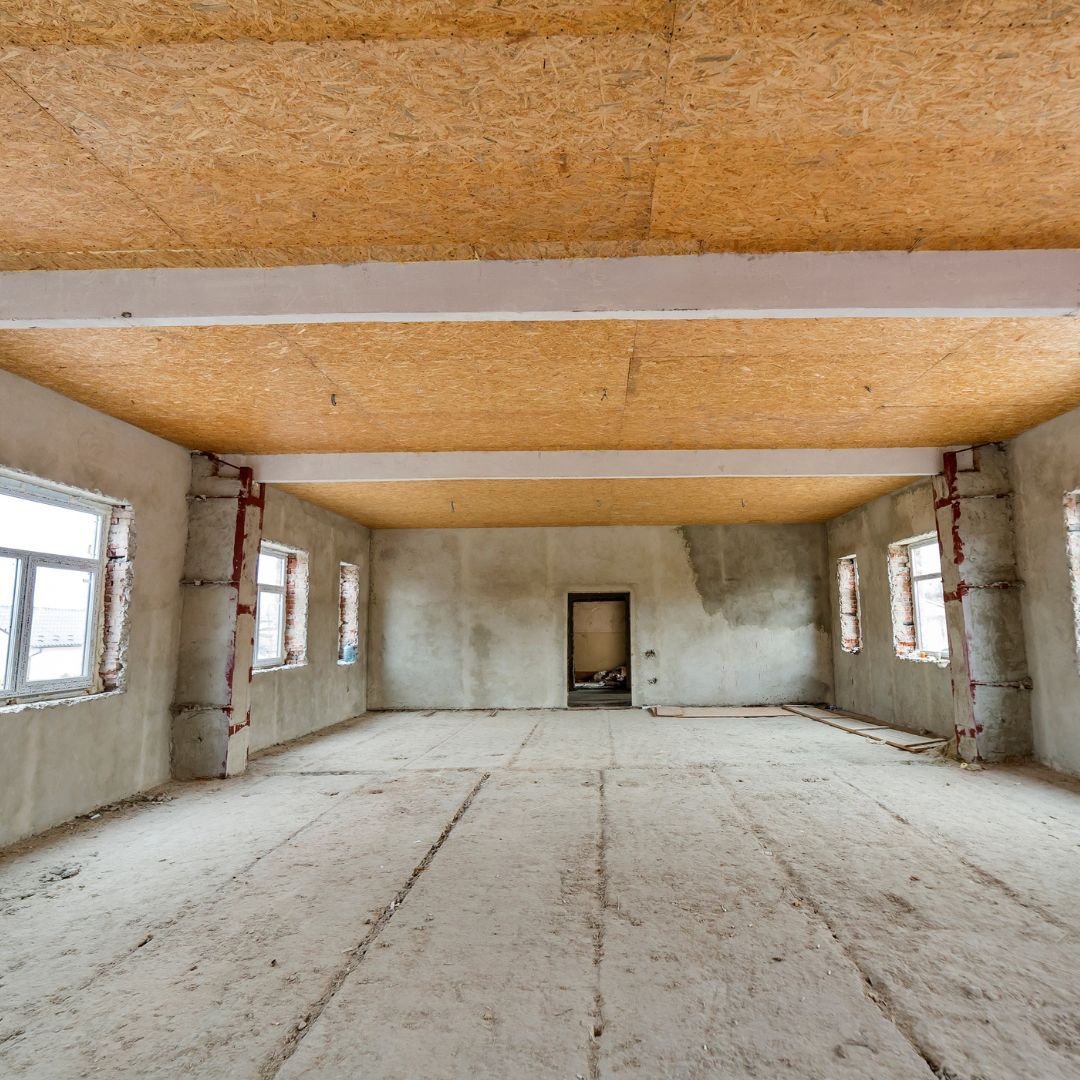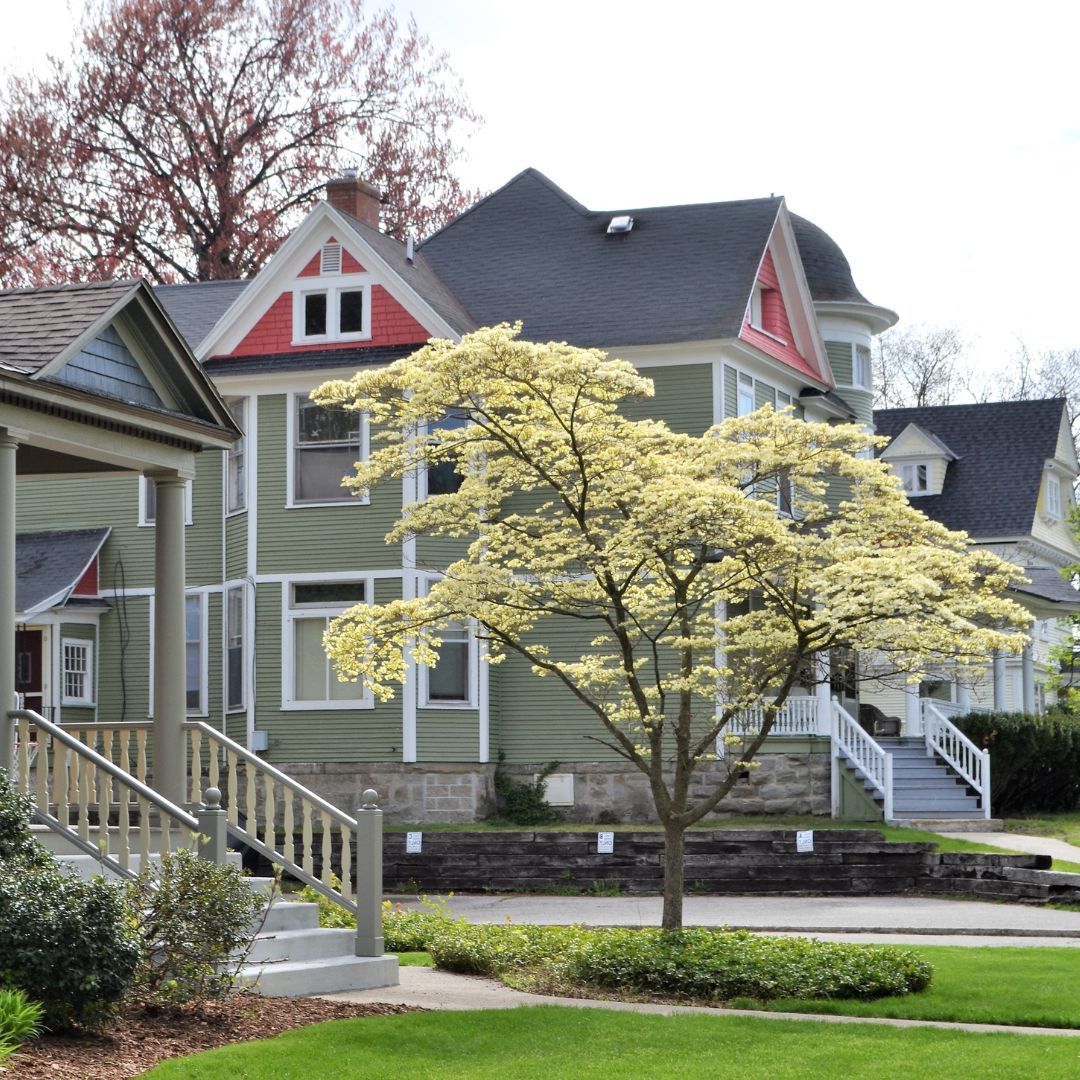Comprehensive Guide to HOA Master Insurance Policies
See How We're Different
or call us: 303-834-1001
Understanding the intricacies of Homeowners Association (HOA) Master Insurance Policies can be a daunting task. These policies are a critical component of managing a homeowners association, providing coverage for common areas and shared spaces within the community. In this comprehensive guide, we will delve into the details of HOA Master Insurance Policies, their importance, what they cover, and how they work.
What is an HOA Master Insurance Policy?
An HOA Master Insurance Policy, also known as a 'master policy', is a type of insurance coverage that protects the collective interests of a homeowners association. It covers the physical structures and common areas within the community, such as clubhouses, swimming pools, walkways, and more. This policy is typically purchased by the HOA and the cost is shared among the homeowners through their HOA dues.
It's important to note that an HOA Master Insurance Policy is not a substitute for individual homeowners insurance. While the master policy covers the common areas and external structures, individual homeowners insurance is needed to cover the interior of the home and personal belongings.
Types of HOA Master Insurance Policies
There are primarily two types of HOA Master Insurance Policies: 'Bare Walls-In' and 'All-In'. The type of policy your HOA chooses will determine the extent of coverage provided.
Bare Walls-In Policy
A 'Bare Walls-In' policy covers all real property from the exterior framing inward, but does not include fixtures and installations within the individual units. This means that things like flooring, wall coverings, and countertops are not covered under this policy. Homeowners would need to have their own insurance to cover these items.
All-In Policy
An 'All-In' policy, on the other hand, provides more extensive coverage. It includes all fixtures and installations within the individual units. This means that things like flooring, wall coverings, and countertops are covered under this policy. However, homeowners would still need their own insurance to cover personal belongings and any upgrades made after the original construction.
Understanding the Coverage
Understanding what is covered under your HOA's master policy is crucial. This will help you determine what additional coverage you may need to purchase on your own.
Typically, an HOA Master Insurance Policy covers the following:
- Physical damage to common areas and shared structures
- Liability coverage for accidents occurring in common areas
- Directors and officers liability to protect the HOA board members
- Workers compensation for employees of the HOA
However, it's important to read the policy carefully as coverage can vary greatly depending on the specific policy and insurance company.
How to Determine Your Coverage Needs
Determining your coverage needs can be a complex process. It involves understanding the coverage provided by your HOA's master policy and then identifying any gaps that need to be filled by your own homeowners insurance.
Here are some steps to help you determine your coverage needs:
- Review your HOA's master policy to understand what is covered.
- Identify any gaps in coverage. This could include things like personal belongings, interior fixtures, and upgrades made after the original construction.
- Consider your personal risk factors. For example, if you live in an area prone to natural disasters, you may need additional coverage.
- Consult with an insurance professional to help you navigate the process and ensure you have adequate coverage.
Conclusion
An HOA Master Insurance Policy is a critical component of managing a homeowners association. It provides coverage for the common areas and shared structures within the community. However, it's not a substitute for individual homeowners insurance. Understanding the coverage provided by your HOA's master policy and identifying any gaps is crucial to ensuring you have adequate protection.
Remember, insurance is all about
managing risk. By understanding your HOA's master policy and your own coverage needs, you can make informed decisions and protect your home and personal belongings from potential risks.













